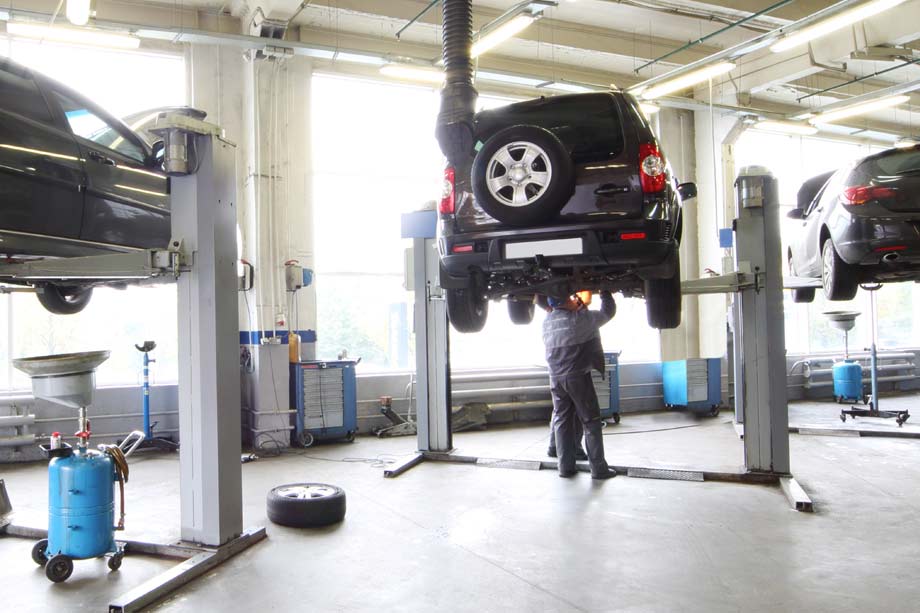All Categories
Featured

When it comes to car repair work, one of the most significant decisions you'll face is whether to decide for Original Devices Supplier (OEM) components or aftermarket parts. Listed below, we check out the advantages and considerations of both OEM and aftermarket components to aid you select the right option for your next car repair service.
[1].jpg)
What Are OEM Parts? When it was initial constructed, OEM components are made by the same firm that manufactured the components in your vehicle. They are made especially for your make and model, guaranteeing excellent compatibility and high-grade efficiency. Given that OEM parts are the exact same ones used in the initial setting up of your lorry, they tend to satisfy the very same high criteria set by the producer.
One of the key benefits of selecting OEM components is the guarantee of high quality and dependability. If your car is still under guarantee, utilizing OEM components for repair services can aid ensure that your service warranty remains legitimate.

What Are Aftermarket Components? Aftermarket parts, on the other hand, are created by third-party suppliers that may not be directly connected with the lorry's original manufacturer. These parts are designed to fit a range of lorries and are often much less costly than OEM components. While lots of aftermarket components are of excellent quality, they can differ dramatically in between makers.
Because these parts are mass-produced and don't have the same expenses expenses as OEM parts, they are commonly valued reduced. Additionally, aftermarket components can offer boosted efficiency or visual enhancements over OEM parts.
Benefits of OEM Components. Surefire Fit and High quality: OEM parts are developed to satisfy the precise specs of your automobile, guaranteeing a best fit and keeping the efficiency standards that the producer planned. Guarantee: Lots of OEM parts come with a service warranty, offering tranquility of mind in situation the part is malfunctioning or falls short too soon. Resale Value: If you intend on offering your auto, utilizing OEM components can help preserve its resale worth because prospective customers often search for vehicles that have actually been repaired with original parts. Car Honesty: Making use of OEM parts helps ensure that your automobile continues to carry out as intended by the supplier, maintaining it in optimal condition. Advantages of Aftermarket Components. Lower Rate: Aftermarket parts are often extra inexpensive, which can be a considerable consideration if you're on a budget or looking to save money on repair work. Variety and Modification: Aftermarket parts offer a wide range of options, particularly for efficiency upgrades or aesthetic adjustments, allowing you to individualize your vehicle or improve its performance. Wide Accessibility: Aftermarket parts are usually less complicated to locate than OEM parts, especially for older automobiles or hard-to-find parts. Efficiency Enhancements: Sometimes, aftermarket components are created to provide exceptional performance, such as far better brakes or higher-flow air filters that raise horse power. Downsides of OEM Components. Greater Expense: OEM components often tend to be a lot more costly than aftermarket alternatives, which may be a downside for cars and truck owners on a limited spending plan. Limited Options for Modification: OEM parts are designed to change the initial parts without improvements, so they may not provide efficiency upgrades or visual changes. Accessibility: Relying on the make and model of your lorry, OEM parts can occasionally be hard to find, particularly if your vehicle is older or has been terminated. Negative Aspects of Aftermarket Parts. Inconsistent High quality: The top quality of aftermarket parts can differ significantly in between producers. While some are made with high-quality products, others might be less sturdy or improperly built, which can result in faster damage. Prospective Fitment Issues: Aftermarket components might not always fit your lorry as specifically as OEM parts, resulting in feasible compatibility concerns or added work during installation. Guarantee Concerns: Making use of aftermarket components might nullify your producer's warranty or bring about issues if a failure takes place that is related to the aftermarket part. How to Make a decision Between OEM and Aftermarket Parts. Selecting in between OEM and aftermarket parts relies on numerous factors, including your budget plan, the age and condition of your car, and your details fixing requirements.
Budget: If cost is your key concern, aftermarket components are commonly the a lot more economical selection. However, it's vital to evaluate the long-term value of your choice. You might finish up investing more in the lengthy run if you opt for a less costly aftermarket component that doesn't do well or needs constant substitutes. Automobile Age and Condition: For more recent cars still under guarantee or those in superb condition, OEM components are commonly advised to preserve the auto's honesty and ensure it proceeds to run as meant. For older vehicles, aftermarket components may offer a much more budget-friendly remedy without jeopardizing performance. Fixing Kind: Some repair services, particularly safety-related components like airbags or brake systems, are best taken care of with OEM components to make certain optimum safety and dependability. For non-essential repair services or performance upgrades, aftermarket parts might supply a good equilibrium in between expense and efficiency. Final thought. The decision in between OEM and aftermarket parts depends on your certain needs, choices, and budget plan. While OEM components use ensured top quality and integrity, aftermarket parts give cost financial savings and the chance for efficiency improvements or modification.
Latest Posts
Find the Top Auto Repair Deals in Montclare, Chicago
Published May 24, 25
1 min read
Trustworthy Overhead Door Solutions for Houses and Businesses
Published May 23, 25
1 min read
Improve Your Residential Property with Overhead Door Systems
Published May 22, 25
1 min read